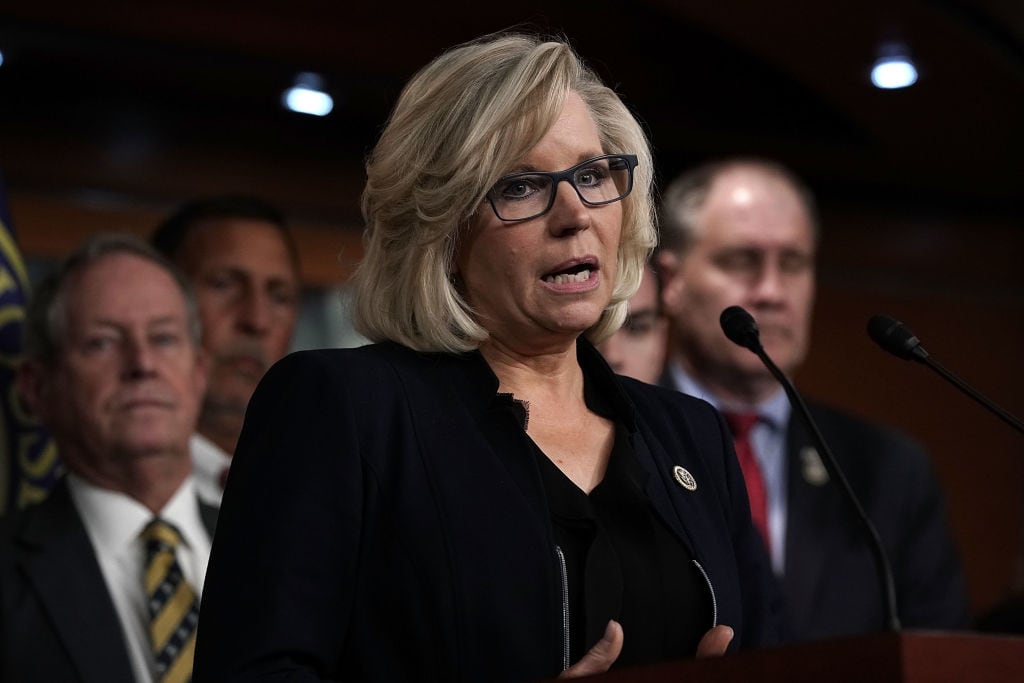WASHINGTON — U.S. Senate lawmakers are expected to finalize Congress’ annual defense authorization bill early next week following the House’s passage of the measure Thursday.
The House easily adopted the compromise draft of the annual military policy bill by a vote of 359-54. The $716 billion, 1,800-page legislation includes a 2.6 percent pay raise for troops next January, a boost in military end strength of 15,600 service members, more aircraft and ships than the Pentagon requested and an overhaul of the military’s officer promotion system.
On the geopolitical side, the bill delays delivery of the F-35 joint strike fighters to Turkey, amid the country’s authoritarian drift. It also bars Chinese telecom firms ZTE and Hauwei and companies it does business with from doing business with the U.S. government and — with China in mind — strengthens scrutiny of deals between foreign investors and U.S.-based businesses for national security concerns.
On Wednesday, Sen. Jim Inhofe, R-Okla., and the second-ranking Republican on the Senate Armed Services Committee, predicted House passage of the measure and said he anticipates it coming to the Senate floor for final congressional approval next Tuesday.
If that happens, it will mark a significant legislative victory for defense lawmakers, who typically labor through the conference process of the massive policy bill for most of the fall before final adoption.
The defense authorization bill is one of the few remaining reliable, bipartisan efforts in an increasingly polarized Congress. It has been adopted by lawmakers for 57 consecutive years, but the last time it was passed by Congress before the start of the new fiscal year was 2009.
This year, the measure could be signed into law as early as the first full week of August. House Armed Services Committee Chairman Mac Thornberry, R-Texas, earlier this week noted if that is the case, it will be quickest the military authorization process has finished in 41 years.
“This bill continues to make readiness a key focus for if we send our men and women out on missions, they deserve to have the best equipment, the best training, and the best support that this country can provide,” Thornberry said on the House floor before the vote, adding the bill better prepares the nation to counter Russia and China.
The legislative victory allows House members to head home for their summer break with at least one major portion of their routine congressional work complete, giving them a talking point in town halls and community speeches leading up to November’s mid-term elections.
The defense budget measure authorizes a base defense budget of $639 billion and $69 billion more for overseas contingency operations. The totals match previously agreed upon spending plans for fiscal 2019.
The spending authority includes $40.8 billion to “overcome the crisis in military aviation” by purchasing more equipment, $17.7 billion to rehabilitate worn out Army equipment, and $23.5 billion to upgrade and repair “crumbling military buildings and other infrastructure.”
RELATED

For aviation, lawmakers backed administration plans for 77 F-35s, with limitations on software upgrades pending cost and schedule information. They’re also letting the Air Force kill its JSTARS recapitalization, but restricting retirement of the legacy E-8C Joint Surveillance Target Attack Radar System until the follow-on program is ready.
Unlike past years, the authorization bill is largely devoid of controversy. Provisions to shutter several Defense Department offices were dumped during the conference process, and lawmakers pushed off President Donald Trump’s stated plans to create a new “space force” within the military.
HASC Ranking Member Adam Smith, D-Wash., made his customary pitch for fiscal responsibility and predictability, crediting Congress’ two-year budget deal for setting in advance the top-lines for defense and non-defense, the main hindrance to on-time budgeting.
“We face Russia and China and Iran and North Korea and terrorist organizations spread out all other the globe,” Smith said. “It is incredibly complicated and difficult and it’s going to be very expensive unless we make some smart choices.”
RELATED

The 2.6 percent pay raise falls in line with the expected rise in civilian wages in 2019, but is the largest for the military in a decade. The end strength increase comes after boosts in troop numbers totaling more than 25,000 over the last two years.
The measure also includes an overhaul of the Defense Officer Personnel Management Act, to allow for more flexible promotion schedules and more expansive recruiting and retention tools for service leaders.
The Defense Information Systems Agency and other so-called “fourth estate” agencies were spared the ax, but a potpourri of Pentagon organizational changes have made it into this year’s massive, must-pass defense authorization bill.
The bill is named for SASC Chairman John McCain, who is battling cancer at home in Arizona but had a hand in crafting it.
Leo covers Congress, Veterans Affairs and the White House for Military Times. He has covered Washington, D.C. since 2004, focusing on military personnel and veterans policies. His work has earned numerous honors, including a 2009 Polk award, a 2010 National Headliner Award, the IAVA Leadership in Journalism award and the VFW News Media award.
Joe Gould was the senior Pentagon reporter for Defense News, covering the intersection of national security policy, politics and the defense industry. He had previously served as Congress reporter.
